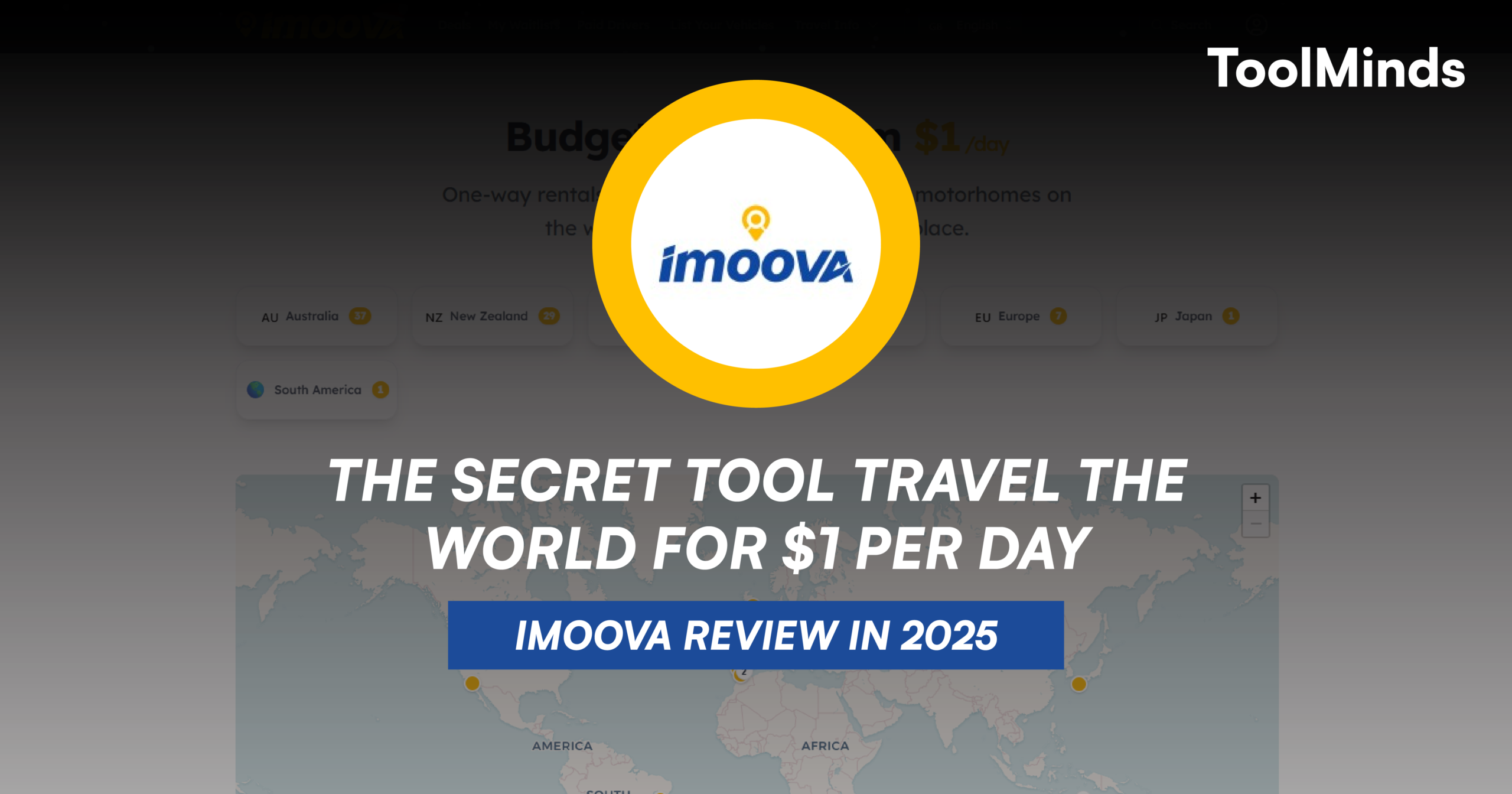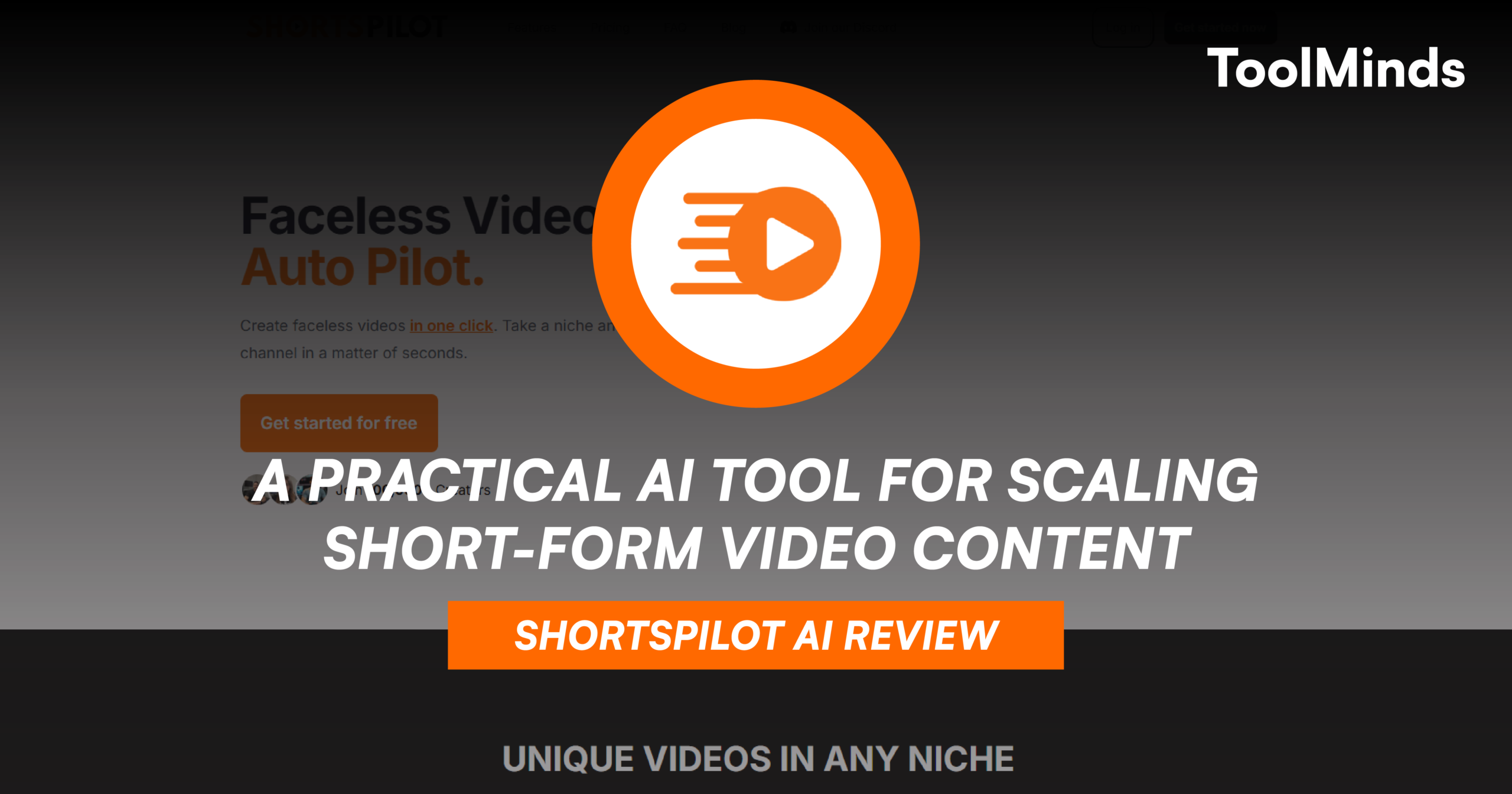Looking for a more efficient approach to enhance your content? Look no further – this innovative SEO platform serves as the key element for those facing challenges in finding and crafting compelling blogs and articles for their website and social media.
In the realm of marketing and SEO in 2020, the mantra is clear: content is paramount. Any forward-thinking brand aiming to outpace the competition understands that the key lies in producing and disseminating engaging, relevant content – and lots of it.
However, acknowledging this fact is one thing; acquiring the content is another challenge altogether. Numerous busy marketing managers find themselves grappling with what topics to cover and how to approach content creation.
Many of these professionals spend a considerable amount of time sifting through trade magazines and blogs in search of inspiration, all the while yearning for a more straightforward solution.
Fortunately, that solution now exists! Presently, time-strapped managers are turning to InLinks to streamline their content creation process, and in this article, I’ll guide you on how to do the same.
InLinks serves as an SEO tool that aids in on-page content optimization, schema markup construction, and enhancement of internal linking. The tool furnishes actionable data derived from analyzing your pages.
What is InLinks?
InLinks stands out as a sophisticated SEO tool catering to on-page content optimization, automated schema markup creation, and enhanced internal linking. This tool achieves these objectives by thoroughly analyzing your pages and furnishing actionable data.
By incorporating a brief code snippet, you can seamlessly integrate InLinks into your website. The tool promptly provides you with the ranking position of your pages on search engines, allowing you to identify the keywords for which your pages are ranking.
Furthermore, InLinks addresses a crucial SEO aspect by precisely associating your page’s keyword with the corresponding overarching topic. This ensures not only SEO friendliness but also uniqueness in content optimization.

Who uses InLinks?
In addition to the notable names I’ve highlighted, InLinks is widely adopted by numerous marketing departments globally and is well-suited for businesses of all sizes. Praised by a leading international courier company, InLinks has been described as an unparalleled tool for efficiently identifying content gaps based on entities rather than just keywords.
Features Of InLinks
InLinks offers a plethora of features to guide you towards creating high-quality and SEO-friendly content. These include:
1. Real-Time Trends:
- Identify and track changes in interest across numerous topics and subjects, categorized by industry, to build your own Trends Dashboard. This feature enables you to stay updated on real-time trends, helping you create content that resonates with the current audience.

2. SERPS Analysis:
- Gain insights into your competition with a knowledge graph of competitors, analyzing their content in terms of subjects, article length, and semantic density. This feature also provides an overview of external and internal links, offering a comprehensive understanding of your competitive landscape.
3. User Intent:
- Enhance your ranking and SEO by understanding the intent behind each keyword. InLinks’ user intent feature calculates the purpose behind search queries, empowering you to create content that aligns with user expectations.
4. Topic & Thematic Analysis:
- Categorize and gather topics, accompanied by high-quality data to facilitate a better understanding. Access valuable information for each topic, including definitions, related topics, and commonly asked questions.

5. Topics Analysis Linking:
- Connect your content seamlessly and identify internal linking opportunities with InLinks. This feature enables you to automate and manage links using a single line of JavaScript code, allowing for efficient link development to maximize SEO benefits.
6. Schema Automation:
- InLinks comprehensively understands and analyzes your content, linking it to knowledge graphs within popular search engines. This ensures that your content appears across Google’s web services, including Search, Discover, and Voice Search.
7. Integrations:
- Easily integrate InLinks with WordPress to effortlessly keep your blog updated, ensuring smooth and hassle-free content management.
How do I get started with InLinks?
Getting started with InLinks is incredibly straightforward and takes less time than boiling a kettle:
- Head over to https://inlinks.net/.
- Click on ‘Get Started Free’ in the top right corner, choose your language, enter your email address, and set a password. If your preferred language is not listed, you can select ‘US,’ and it will determine which Google API to use for SERPS analysis.
- Click ‘Agree to terms and submit.’
- InLinks will promptly send you an email to verify your identity.
- Click on the link provided in the email to initiate the process.
- That’s it – it’s genuinely that simple. Now you can access your dashboard and begin working on your content.
Pricing Of InLinks
InLinks offers three distinct packages, and the InLinks Holy Trinity consists of:
1. Free Plan:
- Content Optimization
- Semantic Internal Linking
- Detailed Schema Markup
- 1 Project / Website
- 1 user
- 20 pages or 2 page reports/mo
2. Freelancer Plan (starting at $49/mo):
- Includes everything from the free package
- Improved Content Audits
- Unlimited Trends & Websites
- Up to 36 reports or 315 pages/mo
3. Agency Plan (starting at $196/mo):
- Encompasses features from the freelancer plan
- APIs Access
- White-labelled Reports
- Content Writers management
- Unlimited Users
- Up to 1955 Reports or 9775 Pages/mo
4. Corporate Plans ($1999 per month):
- For those with a substantial budget
- Unlimited analyzed pages with InLinks.

Pros & Cons Of InLinks
Sounds appealing, doesn’t it? InLinks boasts a plethora of features and has garnered endorsement from notable names. However, let’s delve into the details of this online content tool.
Pros
- Affordability – With an impending recession, cost considerations are paramount. InLinks stands out by offering a cost-effective solution, and you can’t beat free!
- Features – The extensive array of features provided by InLinks ensures that you receive maximum value for your investment in this tool.
- Effectiveness – InLinks lives up to its promises, employing intelligent topic searching and offering valuable tips for enhanced effectiveness.
Cons
- Page Limits – While free is an attractive price point, having only 20 pages may prove insufficient even for a small business.
- Analytics – Despite InLinks providing analytics, they are relatively basic and might be somewhat challenging to fully comprehend at times.
- Integrations – Currently, InLinks has somewhat limited integrations, but there are future plans to expand and offer more options in the near future.
FAQ
What is InLinks?
InLinks serves as a valuable data tool designed to assist you in optimizing your website for semantic search. It achieves this by informing you about the themes covered in your content, providing insights for internal page connections, and suggesting schema markup for your site.
Can I use InLinks for free?
Typically, InLinks offers a free account allowing optimization for up to 2 pages of your site at no cost. For detailed pricing information, please refer to their pricing page.
Do I need to be a professional SEO to use InLinks?
While having a background in SEO is beneficial for getting started with InLinks, the learning curve can be steep. I highly recommend scheduling a demo to grasp the tool’s functionality and maximize the impact of your SEO efforts.
How does InLinks compare to SurferSEO?
In the realm of semantic SEO, InLinks stands out. The key distinction lies in InLinks incorporating schema injection and internal linking into the site, whereas SurferSEO focuses on on-page optimizations.
One notable limitation of InLinks is that its data is sourced exclusively from Wikipedia. While Google utilizes Wikipedia for its semantic optimizations, InLinks restricts users to a single topic per page, which can be limiting.
Another significant difference is that SurferSEO optimizes for a single keyword per page, whereas InLinks focuses on entities and topics, allowing for the connection of topics across multiple pages.
Final Thought
Adding InLinks to your toolkit is truly a no-brainer. Even with just the Free Plan, the tool provides valuable insights for brands grappling with content generation challenges. While there are other options out there, I genuinely believe that InLinks stands out as the top choice with its content-focused approach. Like any recently introduced tool, there may be a few minor issues to address, but overall, it proves to be an incredibly useful asset.



